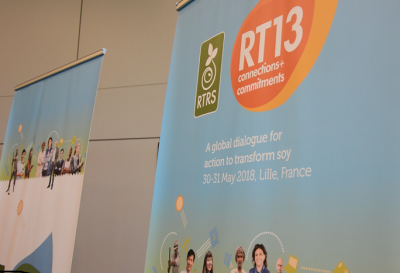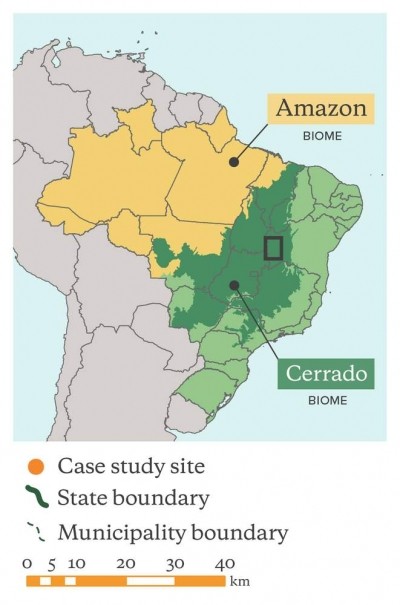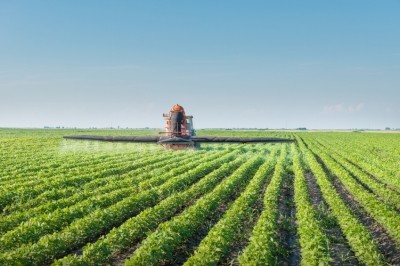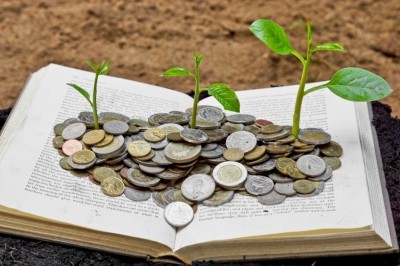Reports from VIV Europe
Feed sector questions WWF rating tool on commitment to responsible soy supply
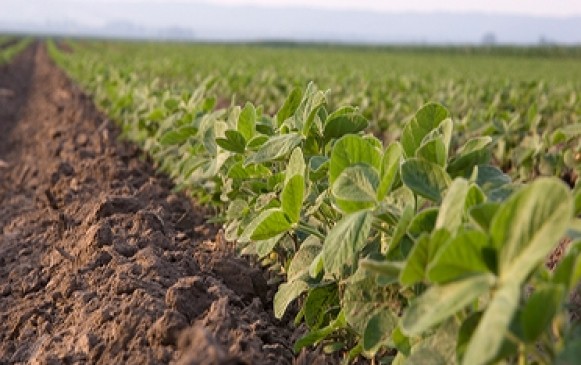
FeedNavigator.com caught up with the president of the European feed manufacturers’ federation, Ruud Tijssens, after he gave the opening speech at VIV Europe last Tuesday.
Soy task force
He recently went on a fact-finding mission to Brazil to meet with soy crushers, traders and producers and to hear what is happening on the ground regarding more sustainable production of soy in that country.
Europe and China are the biggest importers of soy globally, and the feed sector accounts for 75% of the 34 million tons of soy imported into Europe every year.
Earlier this month, the WWF, in tandem with the publication of its annual soy report card, said there was a lack of leadership from the EU feed sector on promotion of responsible soy production and it called on feed companies to do more.
But Tijssens said the feed sector has been taking the promotion of responsible soy production and the overall sustainability of feed and livestock products very seriously.
“The last three to four years have seen a complete shift in the attitude of the feed industry towards sustainability. Initially, the debate was virtually dominated by the Dutch and Belgians – now there are representatives from all the main feed production countries at the table in Brussels,” he said.
WWF rating criteria questioned
He said the main criteria used by the WWF to assess the commitment of feed companies, retailers or food manufacturers to responsible soy development is membership of the Roundtable on Responsible Soy (RTRS) certification scheme.
“That shouldn’t be the only parameter for determining how responsible a feed compounder is in terms of soy production. There are a plethora of certification schemes. The RTRS, while widely appreciated as a good standard, is not the only one. But it is up to the WWF how they want to judge it,” said Tijssens.
FEFAC, he said, wants to set up an independently operated benchmark system, based on a set of minimum criteria, to rate existing responsible soy certification schemes, none of which has yet achieved ‘critical mass’.
Stepwise improvement
Tijssens argues that a stepwise approach for continuous improvement will give a clear signal to the producers that the demand for responsibly produced soybeans exists while allowing a build-up of market volume for the EU feed market.
“We need step wise purchase conditions. First, no child labor – how do we implement that? Next step – soy must be produced on farmland that is not illegally deforested – how do we implement that? And so on, until there is critical mass to fill feed silos in Europe with responsibly produced soybeans.
How much? How fast? Let’s wait and see. But our first priority is to ensure clarity and transparency in the soy supply chain. It is about verification of the process right now.”
The FEFAC president said the trade group is in discussion with benchmarking experts, the International Trade Centre (ITC), in terms of developing norms to rate the various schemes.
The feed sector, said Tijssens, wants to communicate regularly with key stakeholders in soy production in order to agree on realistic targets regarding the continuous improvement process.
“And we need to develop an assessment system based on region based risk analysis.
For example, in some soy production regions in Brazil, there is no risk of deforestation so it wouldn’t make sense for that element to be included in the criteria for that soy growing area,” said the FEFAC president.
Level-playing field
He acknowledged that there has been shift away from non-GM soy by certain livestock sectors in Europe and said such action should spur policy makers to take an urgent look at how to ensure the security and affordability of raw materials for EU meat production in the coming decades.
High feed and supply chain efficiency is currently keeping the EU feed and livestock sectors profitable, said Tijssens.
But to ensure their competiveness in the long run, he said it is vital that regulators guarantee a level playing field between EU and third countries that don’t have the equivalent high welfare, safety and environmental standards. "They should harmonize legislation wherever they can."
